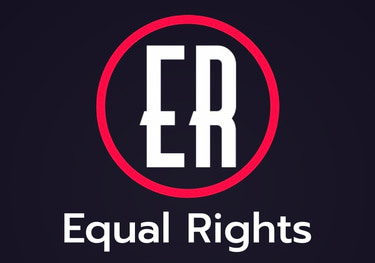Breaking Down Gender Discrimination Laws in the Workplace
Kylo B
5/1/2024
Breaking Down Gender Discrimination Laws in the Workplace
Gender discrimination in the workplace remains a significant issue despite legal protections aimed at ensuring equality and fairness.
Understanding the laws that prohibit gender-based discrimination is crucial for promoting inclusive work environments and combating discriminatory practices.
In this article, we will break down gender discrimination laws in the workplace, highlighting key regulations, protections, and avenues for recourse.
Overview of Gender Discrimination
Gender discrimination occurs when an individual is treated differently or unfairly based on their gender, including stereotypes or assumptions about roles, capabilities, or behaviors associated with masculinity or femininity.
Discrimination can manifest in various forms, such as unequal pay, denial of promotions, harassment, or adverse employment actions.
Federal Laws Prohibiting Gender Discrimination
Title VII of the Civil Rights Act of 1964: Prohibits employment discrimination based on race, color, religion, sex (including gender identity and sexual orientation), or national origin. This law applies to employers with 15 or more employees.
Equal Pay Act (EPA) of 1963: Requires equal pay for equal work performed by men and women in the same workplace. Pay differences must be based on factors such as seniority, merit, or productivity, not gender.
Key Protections Under Title VII
Title VII provides several protections against gender discrimination in the workplace:
Hiring & Promotion: Employers cannot make employment decisions based on gender when hiring, promoting, or assigning job duties.
Harassment: Prohibits sexual harassment and hostile work environments based on gender, including unwelcome advances, comments, or behavior.
Pregnancy Discrimination: Employers must provide reasonable accommodations for pregnant employees and cannot discriminate based on pregnancy, childbirth, or related medical conditions.
State & Local Laws
In addition to federal laws, many states and local jurisdictions have enacted their own laws prohibiting gender discrimination and providing additional protections:
State Equal Employment Opportunity (EEO) Laws: States may have laws that expand upon federal protections and cover smaller employers not subject to Title VII.
Fair Employment Practices Agencies (FEPAs): Some states have agencies responsible for enforcing anti-discrimination laws and handling discrimination complaints.
Enforcement & Remedies
Individuals who experience gender discrimination in the workplace have options for seeking redress:
Filing a Complaint: Employees can file a discrimination charge with the Equal Employment Opportunity Commission (EEOC) or a state FEPA.
Legal Action: Employees may pursue civil lawsuits against employers for violations of anti-discrimination laws, seeking remedies such as back pay, reinstatement, or compensatory damages.
Promoting Gender Equality in the Workplace
Employers can take proactive steps to prevent and address gender discrimination:
Training & Education: Conducting regular training on anti-discrimination policies, diversity, and inclusion.
Policy Review: Reviewing and updating policies to ensure compliance with anti-discrimination laws and promote gender equality.
Diverse Leadership: Promoting diversity in leadership positions and fostering an inclusive organizational culture.
Understanding and enforcing gender discrimination laws is essential for fostering workplaces that are equitable, inclusive, and respectful of all individuals.
By upholding legal protections, promoting gender equality initiatives, and fostering a culture of respect and fairness, employers can create environments where employees thrive based on merit and qualifications, free from discrimination based on gender or any other protected characteristic.
Together, let us work towards eliminating gender discrimination and advancing equality in the workplace for the benefit of all employees
